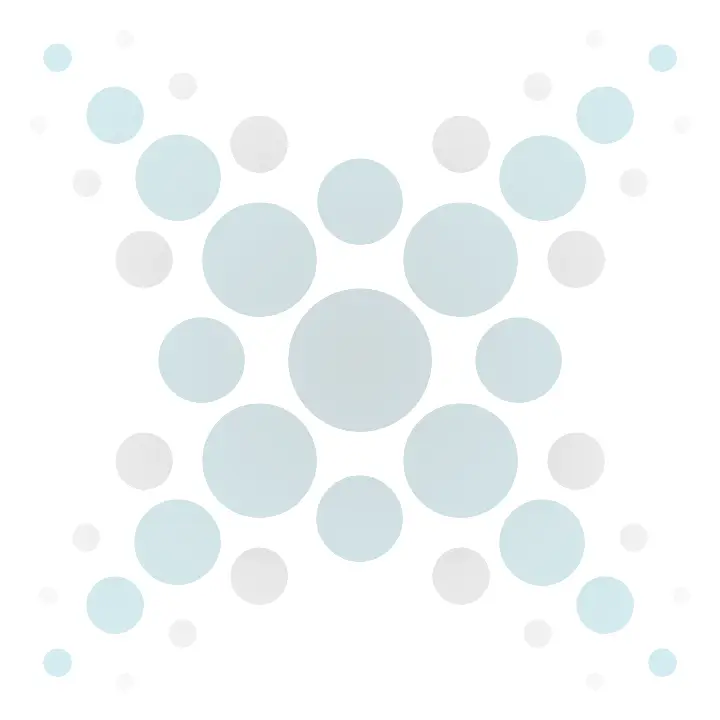About Us
The SOAP Notion: Student Outcomes Above Profits
SOAP Note: a standard method of documenting/organizing patient information in the healthcare field. SOAP stands for Subjective, Objective, Assessment, and Plan. It is a widely used format for medical professionals to record patient encounters, clinical assessments, and treatment plans.
SOAP Notion: a radical idea for training/supporting students and participants in the healthcare field. SOAP stands for Student Outcomes Above Profits. It is a call-to-action for medical professionals and organizations to improve the clinical skills, personal well-being, and professional success of the next generation of medical practitioners around the globe.

A GREATER CALLING
The SOAP Notion's Mission & Vision Statements
OUR MISSION
To collectively enhance the quality and accessibility of medical education on a global scale, prioritizing student outcomes and well-being through innovative solutions and adaptive learning tools.
OUR VISION
To be at the forefront of transforming medical education, creating a global community where innovative and adaptive educational practices empower students to achieve excellence in clinical skills, personal well-being, and professional success.

THE ARGUMENT FOR OUR CAUSE
A SOAP Note for The SOAP Notion
SUBJECTIVE
Today's medical students are grappling with a multifaceted array of challenges. They often report feelings of overwhelming stress and burnout, attributed to the demanding nature of medical training and the pressure to excel academically. Financial burdens, primarily due to high tuition fees and student loans, add to their stress. Furthermore, there is a noted gap in transitioning from theoretical learning to clinical application, leaving students feeling underprepared for real-world medical practice.
OBJECTIVE
1. Stress and Burnout: A study by the American Medical Association (AMA) reveals that approximately 50% of medical students experience burnout, significantly impacting their mental health and educational outcomes.
2. Financial Burden: According to the Association of American Medical Colleges (AAMC), the median debt for medical school graduates in 2020 was about $200,000, a factor contributing to financial stress among students.
3. Clinical Preparedness: A survey by the Liaison Committee on Medical Education (LCME) indicates that a significant percentage of medical graduates feel inadequately prepared for clinical responsibilities.
ASSESSMENT
1. Mental Health Crisis: The high prevalence of stress and burnout among medical students indicates a mental health crisis in medical education.
2. Economic Strain: The substantial financial burden of medical education hinders accessibility and contributes to the stress experienced by students.
3. Educational-Practical Gap: There is a clear gap between theoretical learning and practical clinical skills, affecting the readiness of graduates for real-world medical practice.
PLAN
1. Implement Resilience and Well-being Programs: Introduce programs focused on stress management, mental health awareness, and resilience building to address burnout and support students' mental health.
2. Financial Education and Assistance: Partner with organizations to provide financial education, loan management strategies, and financial assistance programs.
3. Enhanced Clinical Training: Develop and integrate innovative, practical learning tools and simulations to bridge the gap between theoretical knowledge and clinical application, ensuring students are better prepared for their future roles in healthcare.
WHO HAS ANSWERED THE CALL
The SOAP Notion's SOAP Nation






